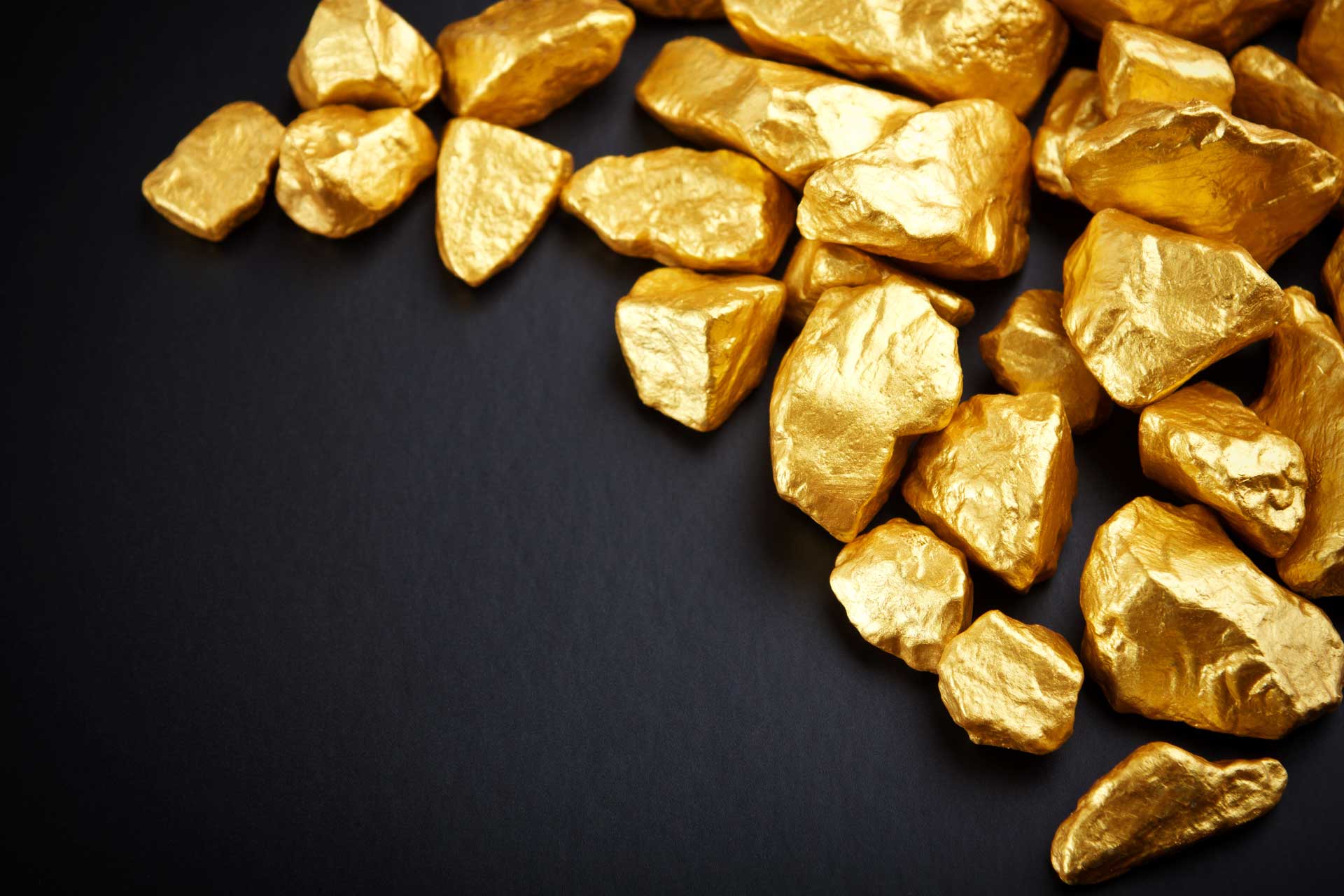With Silver Tanking, How Badly Will Miners Hurt?
Saturday, August 18, 2018 12:17:53 PM Europe/Tallinn

That’s because it costs so much to shut down and restart mines that companies will put up with a loss on operations for an extended time before doing anything as drastic as mine closures, they explained. Further, companies have become leaner in recent years, thus some of the major producers – such as Pan American Silver Corp. (NASDAQ, TSX: PAAS) -- likely are still profitable at current prices, they added.
“I don’t think this move lower here will have an effect on mining supply,” said Ryan McKay, commodity strategist at TD Securities.
Comex September silver fell as far as $14.315 an ounce on Thursday, the lowest level since early 2016. At this juncture, prices are down 19% from the early-2018 high.
The majority of the word’s silver is mined as a by-product of other metals, such as copper, lead, gold and zinc, analysts reported. Therefore, those producers are more focused on the prices of metals other than silver. However, around a quarter to a third of the silver comes from primary silver producers, analysts reported.
On the basis of cash costs alone, the majority of the industry is above water, most analysts said. But that can change when factoring in costs such exploration, sustaining capital and more, said Randy Smallwood, president and chief executive officer of Wheaton Precious Metals. Some companies likely have all-in sustaining costs in the $14-$15 range, although many have less, he continued.
“With the current prices, a lot of the primary silver producers are treading water or slightly under water, especially when considering capital costs and development costs. It’s very tough to make money mining silver at these prices,” Smallwood said. “That, to me, argues that we should be close to a base in the price. You’re going to see some supply-side restrictions.”
The mines most likely to be hurt are those with lower ore grades, said Smallwood and
David Morgan, independent mining analyst with TheMorganReport.com.
But rather than actually shutting down mines, these restrictions are more likely to be stalled development projects that go into standby mode. For existing mines, Morgan and Smallwood said, producers are likely to intensify efforts to cut costs and defer certain expenses.
Cost Cuts Already Made; Miners To Keep Producing
Even prior to this summer, silver already slid from over $25 an ounce witnessed roughly half a decade ago. Therefore, miners are used to trying to become more efficient.
“The conditions have been so difficult the last several years, many major producers have already lowered their all-in sustaining costs,” Morgan said. “Some are still able to make a profit at $15 silver.”
But even if they don’t, producers are not likely to rush into any mine closures, he said. They are better off taking a loss of a couple of dollars per silver ounce for a certain number of months, Morgan continued.
“I don’t think it will hit supply any time soon unless you see prices weaken further and stay weak for an extended period of time,” said Rohit Savant, director of research with the consultancy CPM Group.
On a production-weighted basis, CPM Group calculated an average cash cost, after by-product credits, of $5.90 per ounce in 2017, Savant reported. Further, he pointed out, there are government pressures on producers not to shut down mines and thus lay off workers.
“Pan American will be fine,” Morgan said. “First Majestic will be fine. Most Mexican miners will be fine.”
After by-product credits, Pan American Silver Corp. -- the world’s second-largest primary silver producer -- reported record-low cash costs of 92 cents a pound in the second quarter. All-in sustaining costs came in at $6.45 per silver ounce sold, and the company lowered its full-year guidance range to between $8.50 and $10.
First Majestic Silver Corp. (NYSE: AG; TSX: FR) reported second-quarter cash costs of $7.59 an ounce. All-in sustaining costs were $16.43, but some of this was related to the acquisition of Primero Mining Corp. and the San Dimas mine. First Majestic said it looks for AISC to decline to a range of $13.28 and $14.84 in the second half of 2018 due to “expected operational improvements” at the La Encantada, Del Toro and San Dimas mines.
These and some other primary producers that have the benefit of producing some base metals as a by-product, which helps lower the actual cost of each silver ounce. However, the Morgan Report pointed out, the price of base metals is also taking a “beating,” which if continues will push up silver producers’ AISC by lowering by-product credits.
Among other producers, Hecla Mining Co. (NYSE: HCL) reported second-quarter AISC of $11.40 after by-product credits, although cash costs were a negative 57 cents a pound. Endeavour Silver (TSX: EDR; NYSE: EXK) reported AISC of $17.28 after gold credits, and Great Panther Silver Ltd. (TSX: GPR; NYSE: GPL) reported $15.04 per silver ounce.
CPM Group looks for a combination of political and macroeconomic factors to push silver and gold prices higher in the medium term, Savant said.
Whenever prices do rise, primary silver producers will fare better than producers of other metals, Smallwood aid. That’s because silver tends to move both higher and lower by a larger percentage than metals like gold, he explained.
“Silver has always had a higher beta. If gold goes down 1%, silver goes down 2% or 3%,” Smallwood said. “One of the reasons is so much is a byproduct. The supply side just can’t react to either positive or negative changes in the silver price very rapidly.
Sources:
Kitco.com (Allen Sykora)






